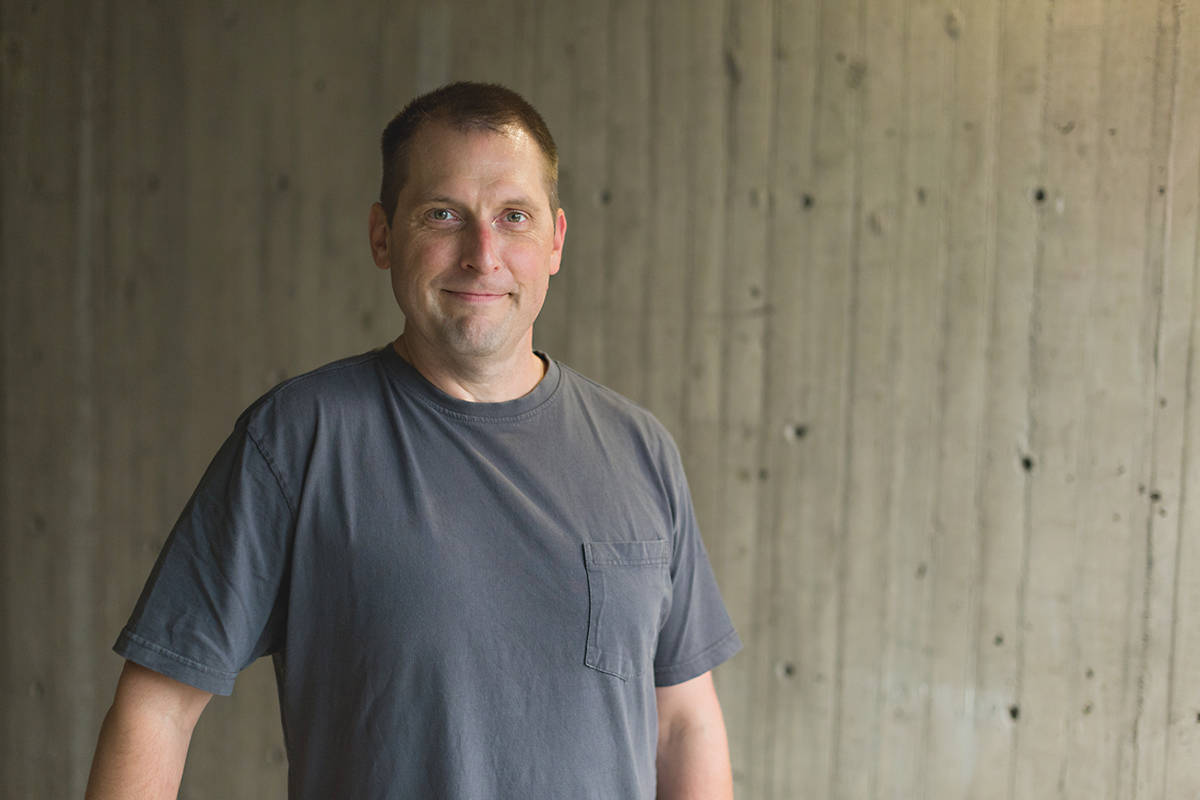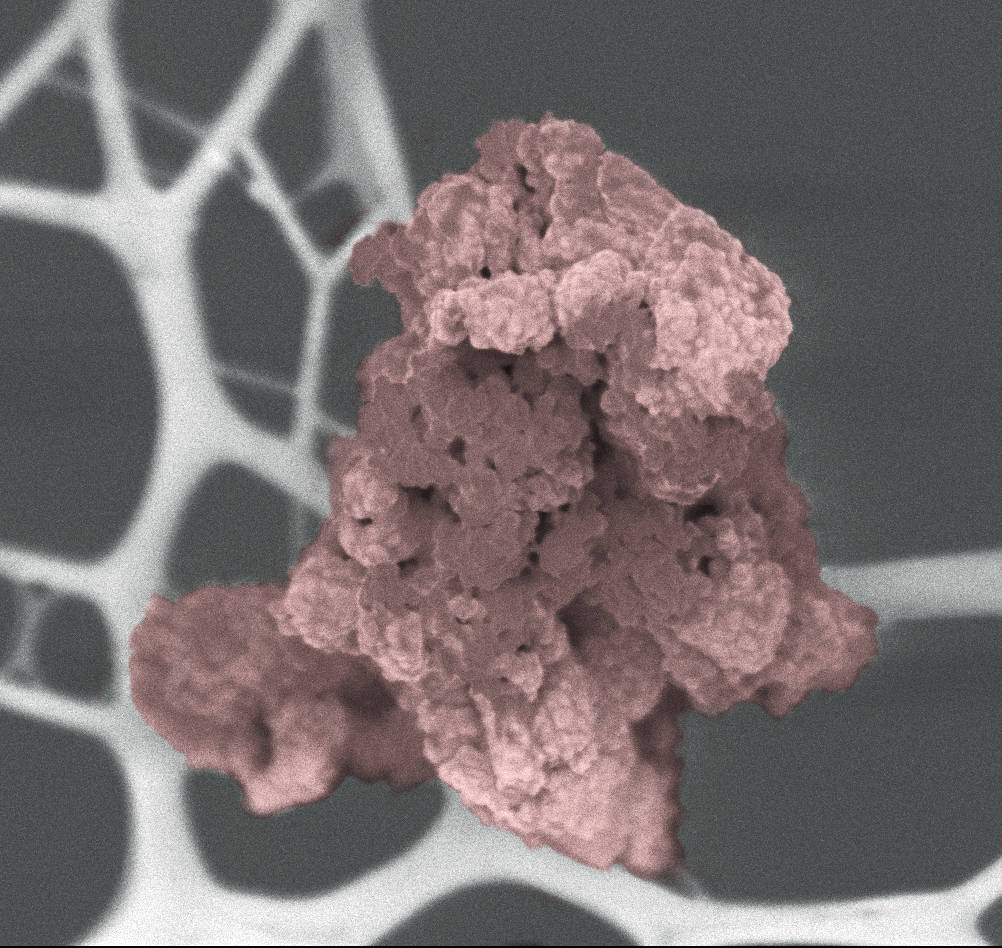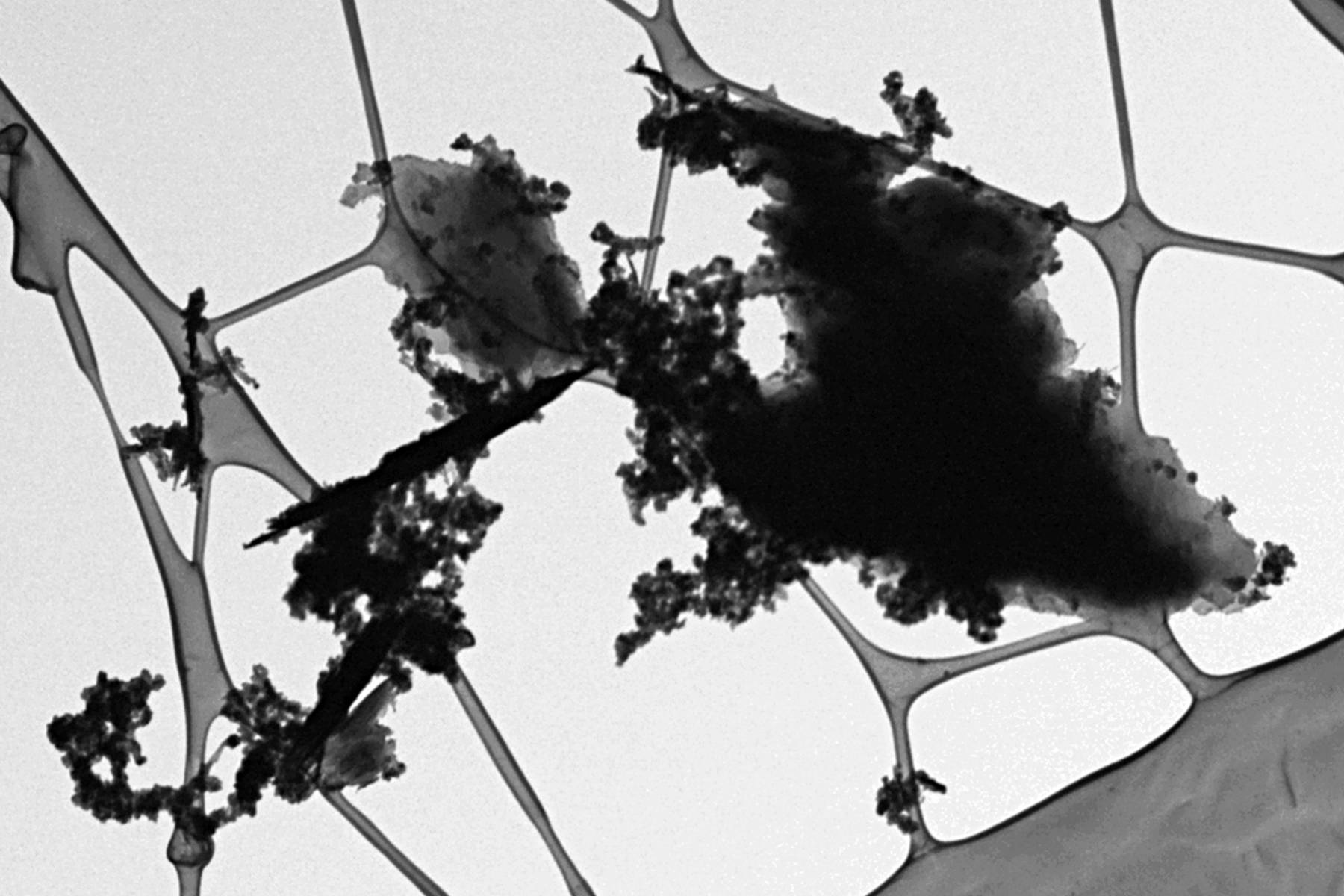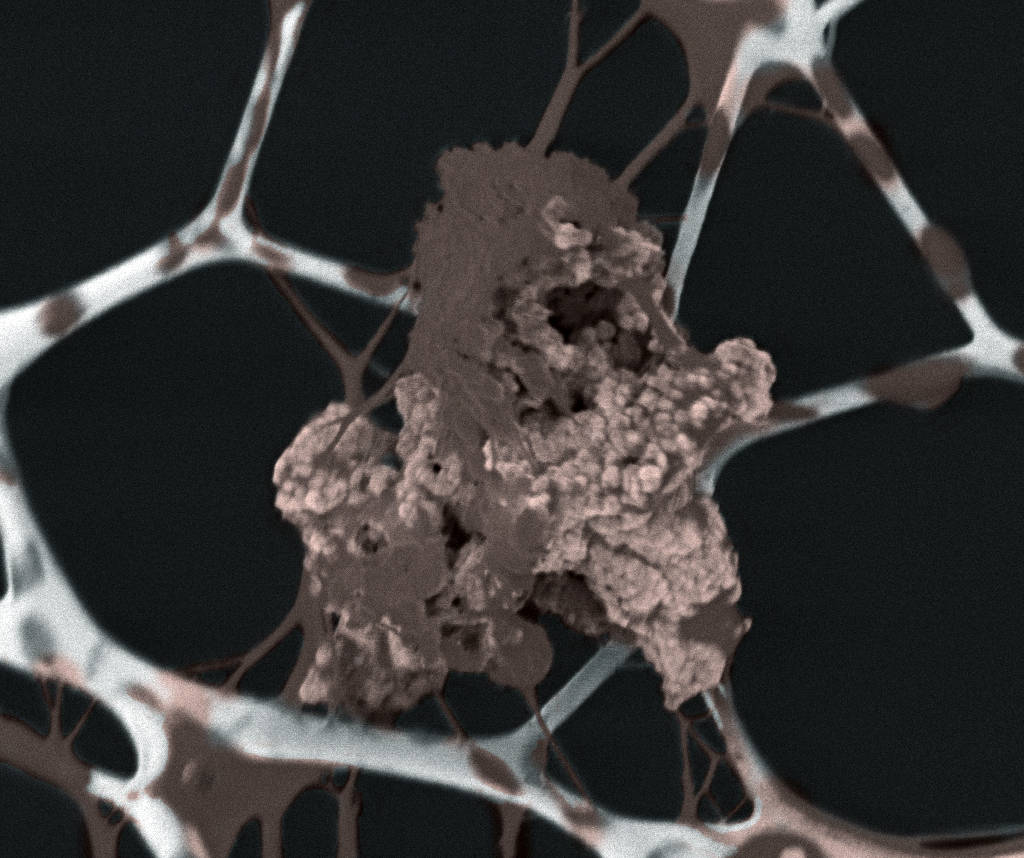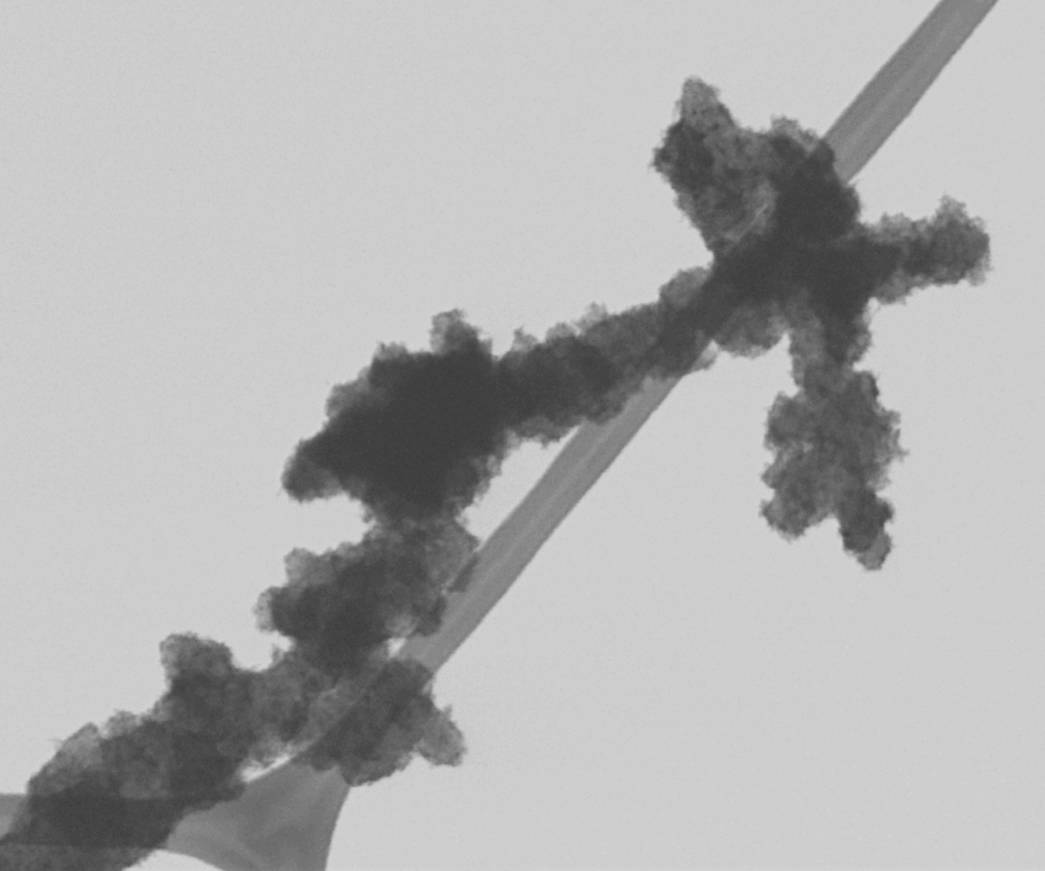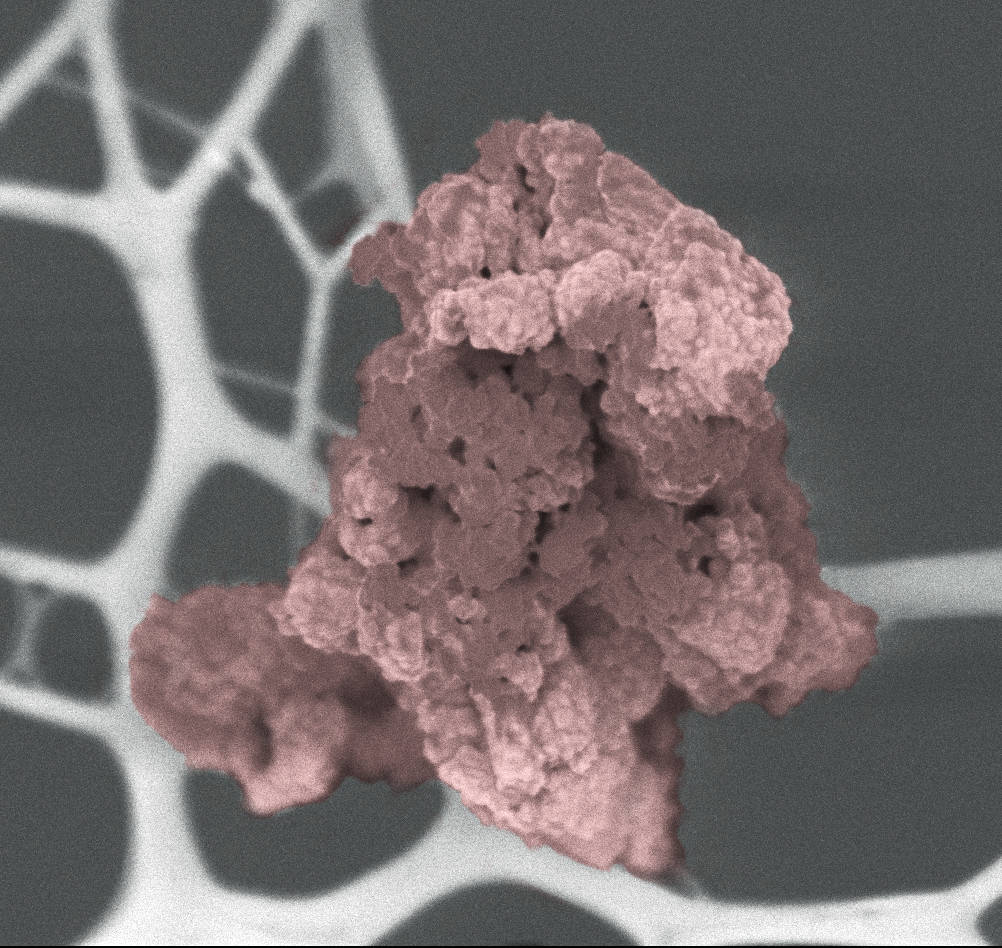A high-powered microscope in a U.S. university has provided a disturbing close-up look at the pollution from the worst wildfire season in B.C. history.
During the height of the forest fire season, when hundreds of blazes were sending thick clouds of smoke rolling across the province, a researcher at the University of Western Washington in Bellingham decided to take a closer look at the particles people were breathing in.
In August, when the pollution from the burning B.C. forests drifted into Washington state, Dr. Mike Kraft, a research associate at Western Washington University (WWU), collected some samples and ran them through the university’s new Scanning Electron Microscope (SEM).
At the time, there were advisories on both sides of the border for people with chronic medical conditions, such as diabetes, lung or heart disease, as well as infants and the elderly, who were advised to avoid strenuous exercise or spending long periods of time outside until the smoke lifted.
Air in Whatcom County was rated “hazardous” for particulates.
Metro Vancouver air quality was rated worse than Los Angels and Beijing.
It wasn’t hard to gather samples, Kraft said.
He simply stood outside with a a filter.
Magnified many thousands of times, the electron microscope images reveal dark, dirty and jagged contaminants, too small to be seen to by the naked eye, covered in tar and soot and easily inhaled.
“When you have access to an electron microscope, you try to think of all the cool things you could look at,” Kraft said.
“I thought there would be broad interest in seeing what makes up the smoke that has been a universal experience in this region. It is good for people to understand what is in the world around them.”
Kraft said the reaction to the images has been really positive, “even if people find what we had been breathing pretty disturbing.”
READ MORE: 2018 now B.C.’s worst wildfire season on record
READ MORE: Trapped indoors: smoke from wildfires especially hard on Langley man with respiratory problems
The images were collected as grayscale but were colourized after the fact, to highlight the particles, Kraft said.
“For reference, the particles are about the size of bacteria or smaller, and roughly 20-100 times smaller than the width of a human hair.”
While there were also forest fires burning in Washington state, near coastal areas like Bellingham, it is believed the majority of the smoke was coming from B.C.
“The particles I looked at are common to wildfires, as best I can tell, and they should be representative of the smoke in B.C.,” Kraft said, though it is possible the particles were larger nearer the source.
”I suspect they are fairly similar. “
dan.ferguson@langleytimes.com
Like us on Facebook and follow us on Twitter
